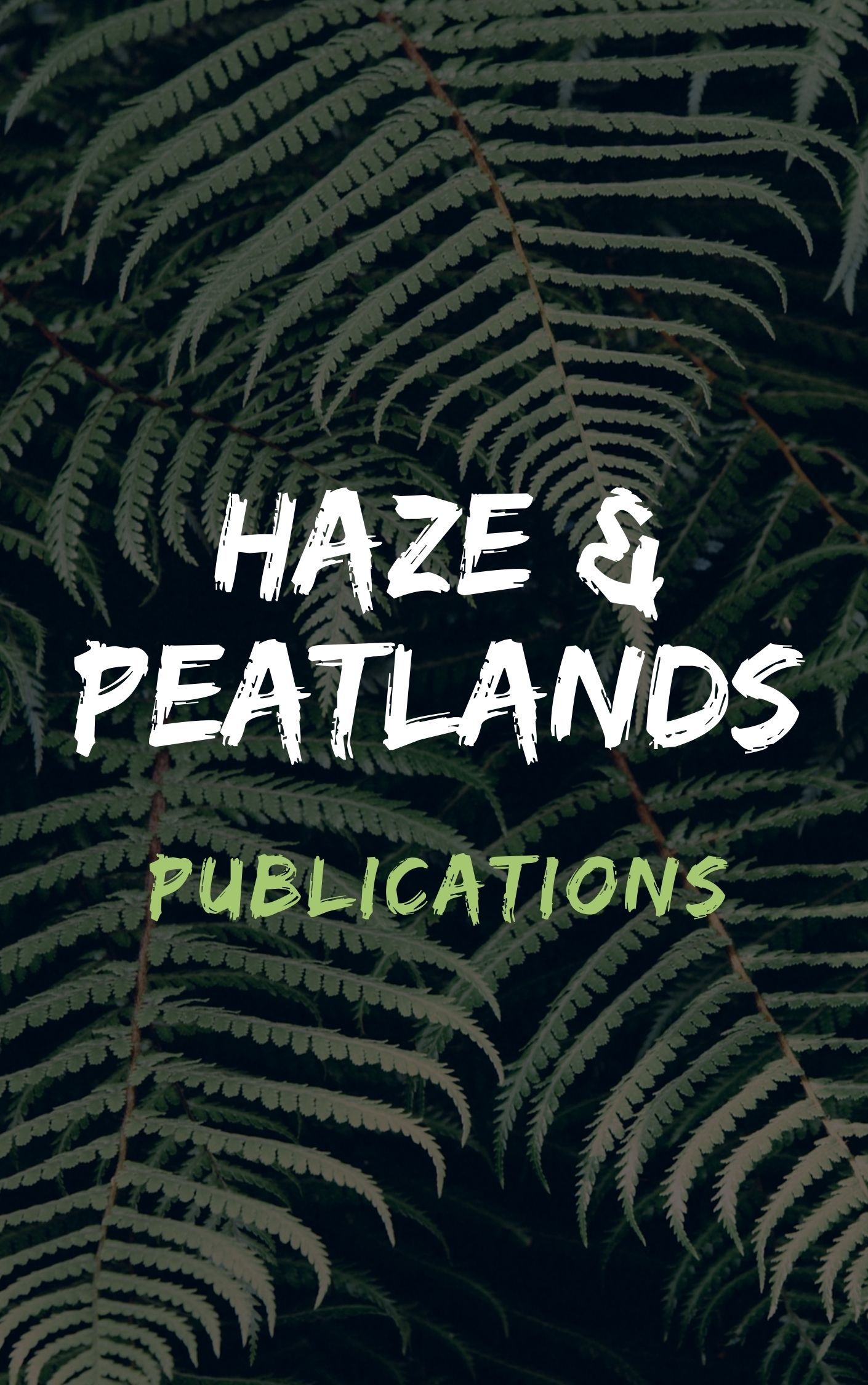Palm oil accounts for about 40% of the global demand of vegetable oil. To meet the demand, oil palm plantations have expanded in the humid tropics at the expense of tropical forests. Land conversion begins with clear cutting and generates much woody debris, which was stacked in rows. Woody debris decomposes and emits carbon dioxide (CO2), but the time course of the decomposition is not well understood, especially at the early stage. Thus, we measured carbon (C) stock in woody debris in a newly established plantation after clear cutting of a secondary peat swamp forest in Sarawak, Malaysia. A litter bag method was applied to examine the decomposition of woody debris scattered on the ground. Also, we periodically measured apparent cross-sectional area (ACSA) of a stacking row (about 5 m wide and 90 m long) assuming that the cross-sectional form was triangular. The C stock of the stacking row was estimated from ACSA and measured C fractions using a significant sigmoidal relationship. The decomposition rate constants (k) for C content were determined to be 0.231-0.313 yr-1 for ground woody debris and 0.459 yr-1 for stacked woody debris. In addition, the total decomposition of the aboveground woody debris proceeded according to another k of 0.440 yr-1 during the experimental period of 740 days. The total C stock of aboveground woody debris was 48.4 Mg C ha-1 at the beginning of the field experiment, about 16 months after clear cutting. The C stock accounted for 63% of the C of forest aboveground biomass. Despite the uncertainty in the spatial representativeness, we think that simply measurable ACSA is useful to quantify the C stock of stacked woody debris. The technique could be applicable to large-area estimation using drone technology.
View source

